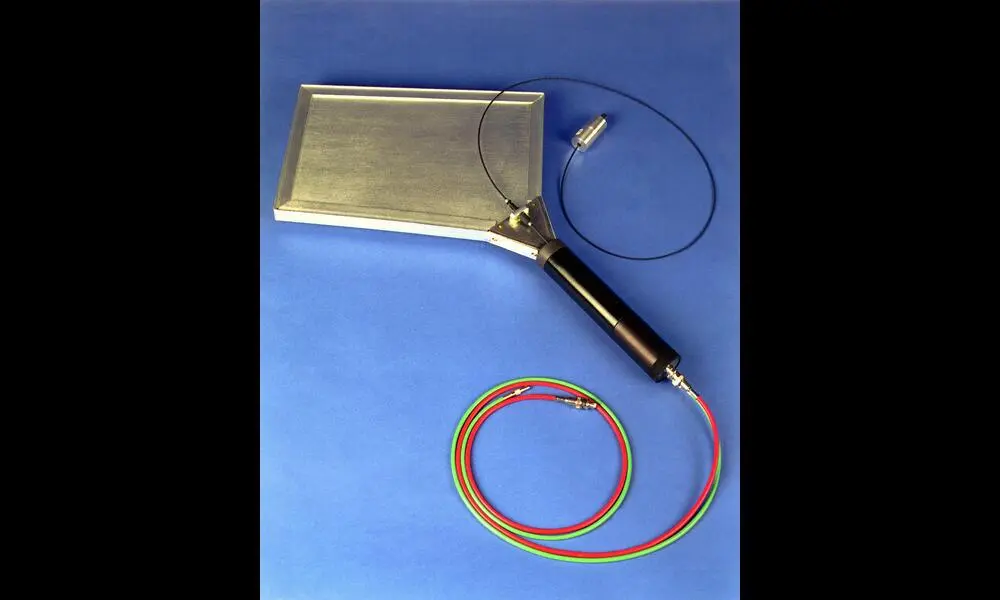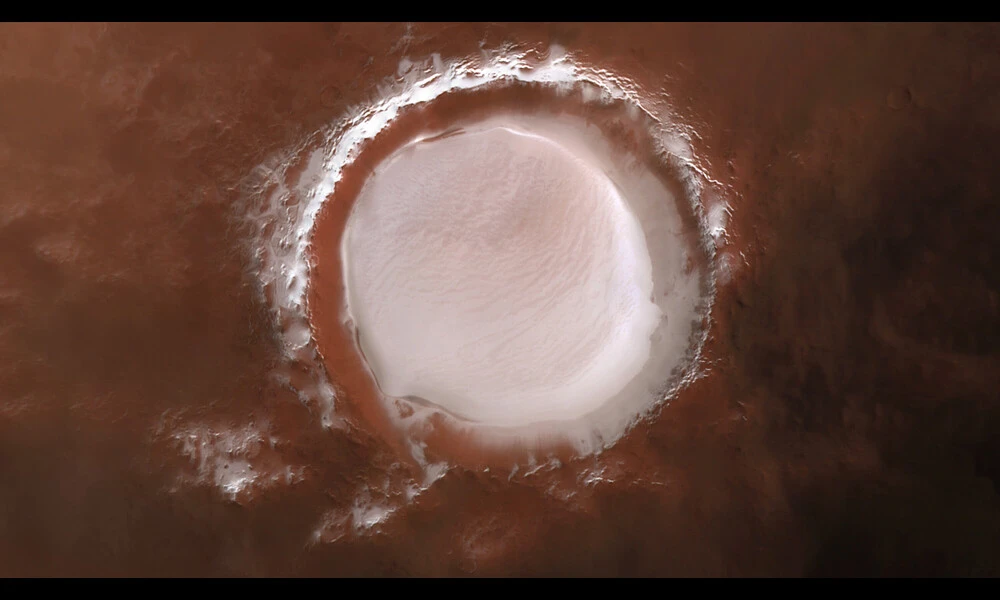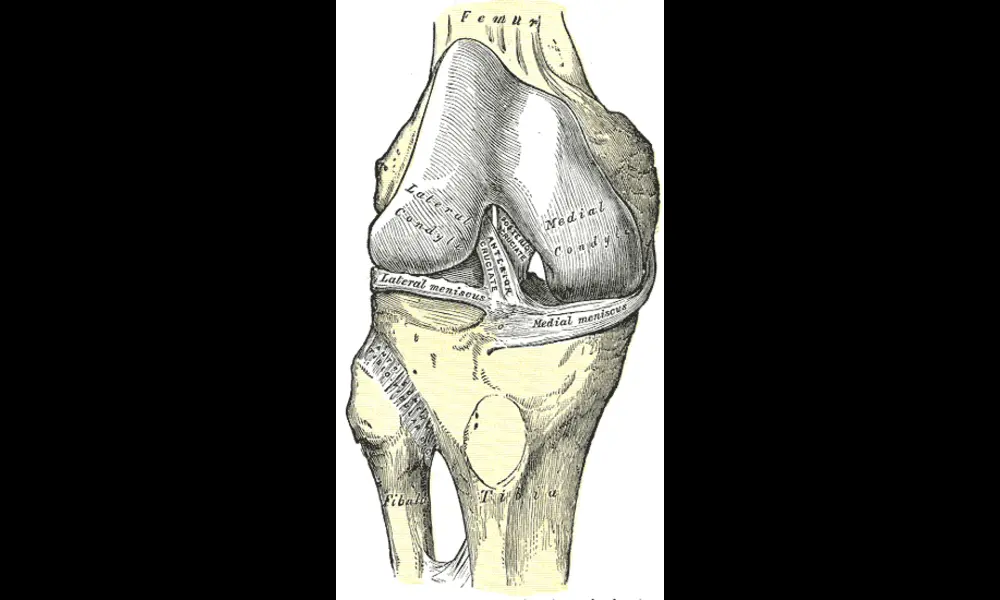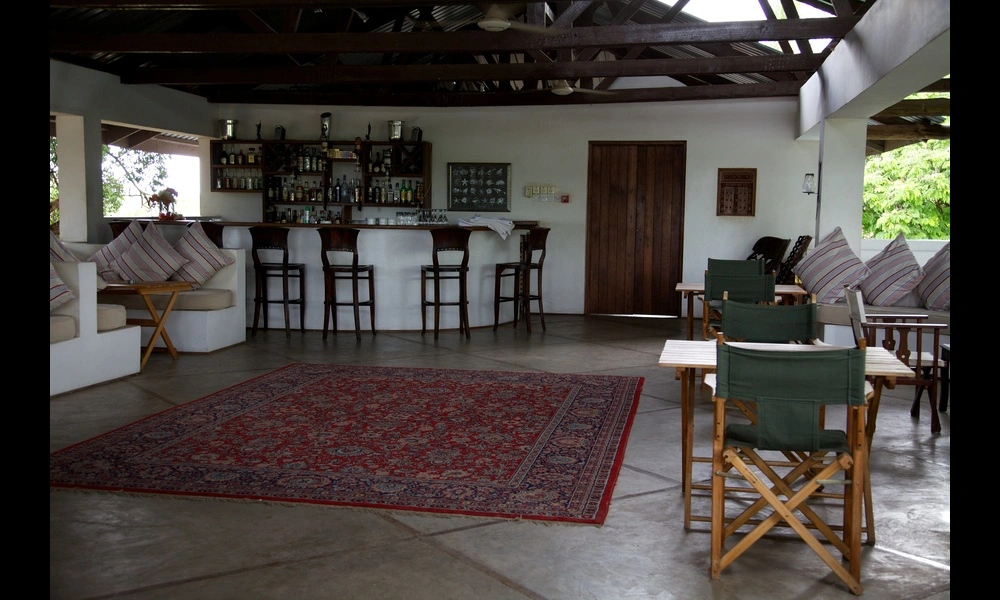Magnetic Distortion a Serious Problem for Muography
Published on Sun Nov 05 2023 270 078 001 | U.S. Department of Energy on Flickr
270 078 001 | U.S. Department of Energy on FlickrA new study has investigated the impact of magnetic fields on scattering muography images, providing important insights into the accuracy and reliability of this imaging technique. Muography is a non-invasive method that uses cosmic-ray muons to analyze the scattering or absorption of these particles to probe various materials. It has applications in geophysical exploration, security screening, and the identification of nuclear materials. However, magnetic fields can influence the trajectories of muons, affecting the estimated positions of scattering points and the calculated scattering angles. This can lead to distorted or misleading muography images, complicating the accurate identification and interpretation of target materials.
The study utilized Monte Carlo simulations and the Point of Closest Approach (PoCA) algorithm for image reconstruction to explore the effects of magnetic fields on scattering muography. The PoCA algorithm assumes that all scattering occurs at a single point, known as the PoCA point, characterized by a scattering angle that provides information about the density and atomic composition of the material being probed. However, magnetic fields interfere with muon trajectories, resulting in shifts in the PoCA points and scattering angles.
The findings of the study highlight the necessity of accounting for magnetic field distortions when using scattering muography in practical scenarios. For example, in checkpoint security control systems, the presence of magnetic fields can complicate the accurate identification of target materials. The study also introduces the concept of "magnetic jamming," where the increased scattering effects and misplacement of PoCA points under stronger magnetic fields can lead to misinterpretations and false positives.
The results emphasize the importance of developing correction algorithms or computational tools that can adjust for magnetic field influences in scattering muography. By doing so, this imaging technique can become more robust and reliable, expanding its utility in various environments and conditions where magnetic fields are present. This research contributes to the ongoing advancement of muography and its potential applications in fields such as nuclear material identification, border security, and geophysical exploration.



